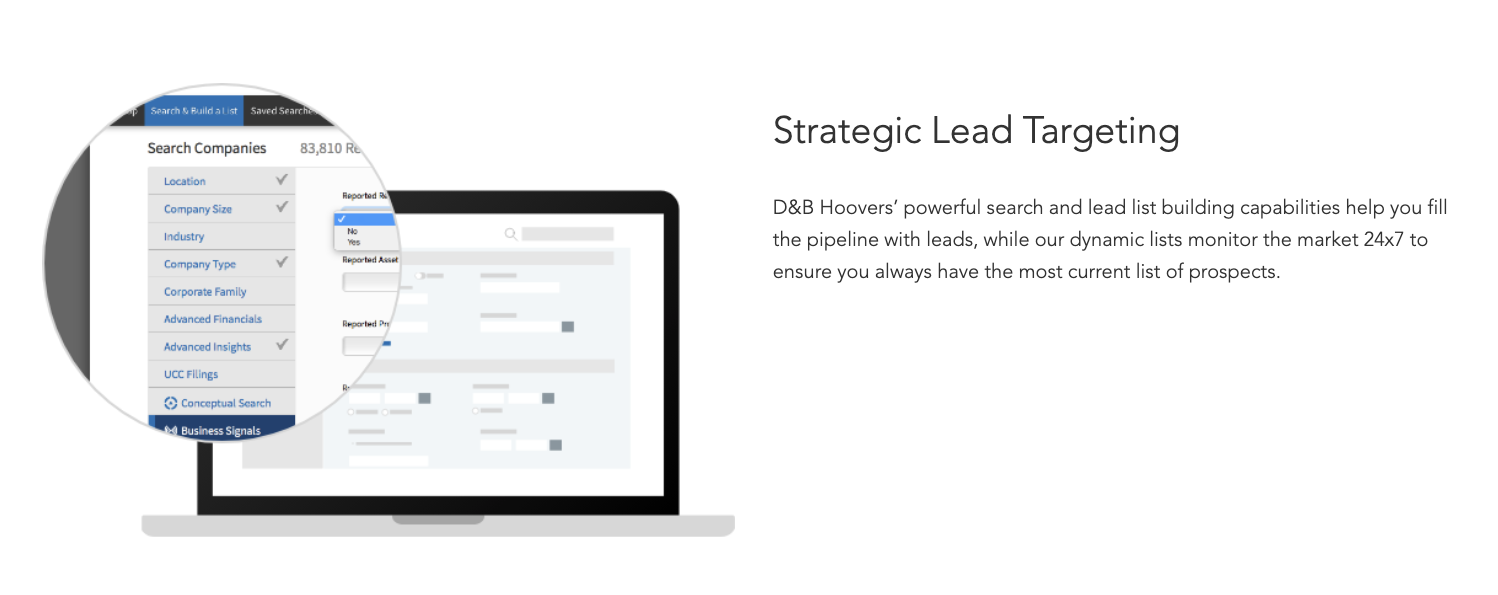Account Based Marketing (ABM) is a B2B strategy that focuses sales and marketing resources on a clearly defined set of target accounts and implements personalized campaigns designed to resonate with those accounts.
According to an ITSMA Survey, companies that implement ABM have reported an 84% improvement in reputation and 74% improvement in customer relationships. Research from the ABM Leadership Alliance found B2B marketers saw a 171% lift in their average annual contract value when implementing ABM strategies.
Account Based Marketing is a robust topic. In fact, in our upcoming article, we do a deep dive into the most successful Account Based Marketing tactics. In this post, we’re going to explore the first and most important part of account based marketing: How to Define and Identify Your Target Client.
1. Examine Your Existing Clients
Let’s define your ideal target client. If you could clone your three best clients, which ones would you choose and why? Review the following items with your team and fill in the info for the three clients that you selected.
- Annual budget:
- Annual company revenue:
- Location:
- Industry:
- Company size:
- # of locations:
- B2B or B2C?
- Client title:
- Client age:
- Client gender:
- Client’s years of experience:
- Types of work done for client:
- Internal company structure:
- Did you have access to the C-Suite (CEO, CTO, CMO, CFO)? Yes or No
- Were you treated like a strategic partner? Yes or No
- Client’s experience level with your products/services:
- Budget process (did you create it together, were you given a number, etc)
- Client company’s position in the marketplace (leader, underdog, start up, newcomer, etc.)
- Longevity of the relationship:
-
Client’s core personality traits:
-
Client’s level of organization:
-
When something went wrong, how did the client react?
-
Was the client willing to let you form other relationships inside the company?
-
Did working with them open new opportunities for you?
Now that you’ve completed the list above, use your combined notes to identify the 5 to 10 commonalities that your clients share.
Example Commonalities:
1. Local B2B company
2. Over $80k annual budget for our services
3. Direct access to the CEO
4. Humorous and light during our conversations
5. They respect our strategic vision because our service helps them save time and allows them to operate faster
2. Research and Build Lists
Now that you're aware of the qualities that make your existing ideal client. You can use that information to research and build a target client list. It's important to keep your list manageable. Sure, you can build a list of 1,000+ contacts, but we suggest working with lists of 25-50 contacts at a time.
Our sales team uses Hoovers research to identify prospects based on publicly available information such as: annual revenue, location, industry, employee size, etc. After building our list inside Hoovers, we'll do further research via google, social media, and the prospect's website to identify ways we could potentially help them. The more you can learn about a target before you contact them, the better your first interaction will be.
If you're serious about using Linkedin for prospecting, we would recommend that you leverage Linkedin Sales Navigator. You can use the tool to identify the right contacts within a company, reach out via the message function, and stay up-to-date with your target accounts.
In addition to the filters that help you identify your target clients, you can also build lists based on people who have shared Linkedin experiences with you. An example of a shared experience is that you have the same connections on linkedin or you both went to Bryant University. If you want to know more about this prospecting tool, read this article on 17 LinkedIn Sales Navigator secrets.
3. Message Your Target Clients
Now that you have your list of 25-50 targets, you can get down to business and define the messaging that will resonate with them. The best way to accomplish this task is to create a buyer persona profile. Buyer personas are fictional, generalized representations of your ideal clients. They make it easier for you to tailor content to their specific needs, behaviors, and potential concerns.
For your account based marketing efforts, we recommend getting even more niched. Instead of a very broad persona like "CEO," try to focus your persona to a specific industry. “CEO of a Plastics Manufacturing Company.” This niche has unique motivations that will require custom messaging to communicate your company value.
Download our Buyer Persona Template and learn how to organize your research and create messaging to address your target client's major pain points. Click the image below!













